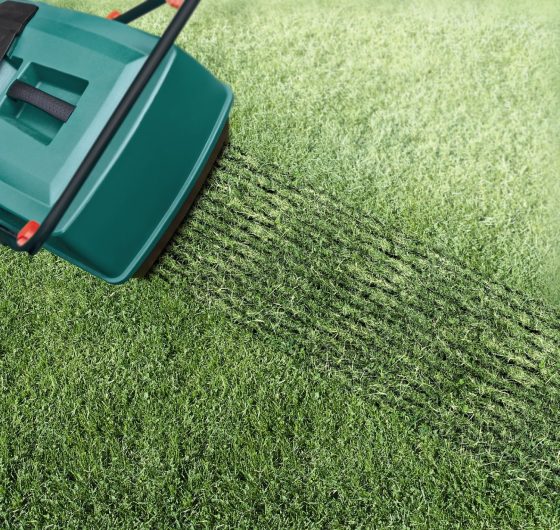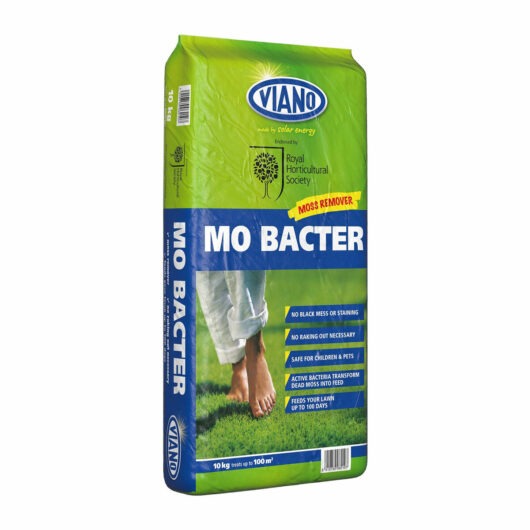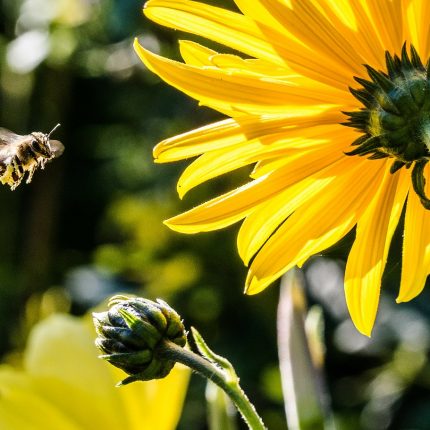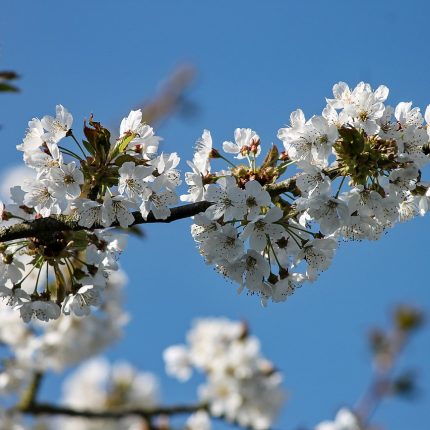Summer Lawn Care
If your lawn has survived those tough winter months but now you’re unsure how to keep it in prime condition throughout the summer, we’ve put together a quick guide for you to follow.
Aeration
Aeration is the addition of air to your lawn. It involves simply prodding your lawn with a fork creating small holes for drainage.
Lawns can become fairly compacted especially in areas where there is a lot of foot traffic. When lawn becomes compacted oxygen, water and nutrients can struggle to reach the grass roots. Aeration ensures that these essential elements can reach the roots easier.

Feeding Your Lawn
Naturally, feeding your lawn is extremely important. Without fertiliser to feed your lawn, it will quickly start to use up the soil’s nutrients and your grass will become thin and pale.
Feeding your lawn with quality fertilizer will also make your grass less vulnerable to diseases and it should be easier able to compete with weeds and moss.
Feed can be applied simply by hand, or by using a push spreader. The best time to apply feeds is when the ground is moist or just before rain is forecast. Always wear gloves when applying feed.

Scarification and moss removal
Scarification is also known as “dethatching”. Thatch is a mixture of dead grass and roots that accumulates above the soil, and it effects the drainage of essential elements to the grass roots. Scarification is the process of removing this barrier.
This is done through vigorous raking and best done with a spring-tine rake or with a mechanical scarifier.

A great way of keeping moss off your lawn organically is by using Mo-Bacter. This contains bacteria which decomposes moss, while also feeding your lawn. No raking required.
How To Care for Your Lawn
Watch as our expert horticulturalist, Malachy, gives his top tips on how to care for your lawn.
Mowing
Regular mowing will prevent against weeds taking over. Don’t cut too low for your first cut and gradually get lower with each cut. If you cut too low on your initial cut it will take a while for your grass to recover. Ensure that grass is not wet when you begin cutting.
Mowing will allow your grass to expand. New leaves grow once grass is cut and this will mean more sunlight will be absorbed leaving you with a thicker, more weed and disease resistant lawn.

GET IN TOUCH:
Gardens really are our second nature. So, if you’d like help with something on this post, or anything else in your corner of second nature, please reach out to us on social media, or by email on hello@countrylife.ie. If the question is quite specific, it’s really helpful to include a photo. We’d love to help.














